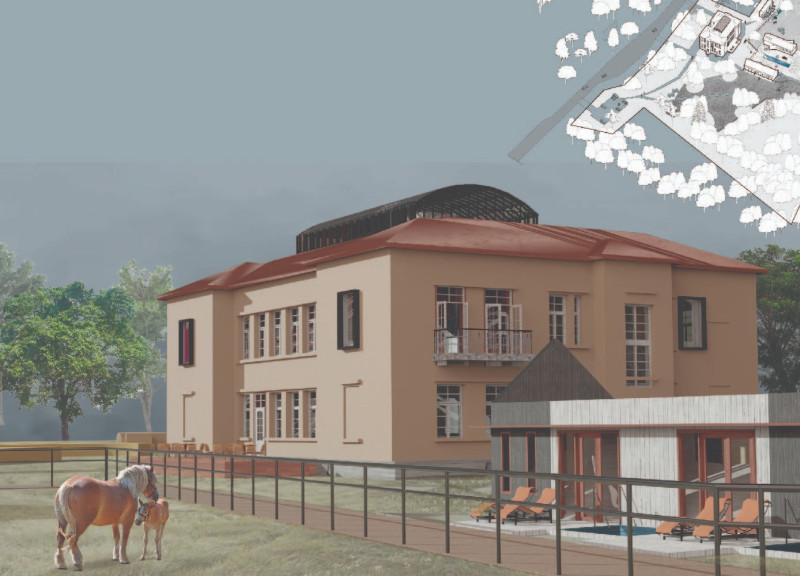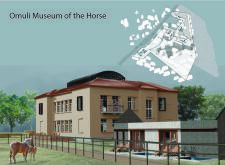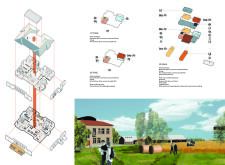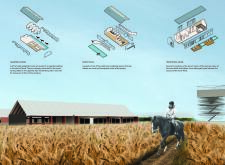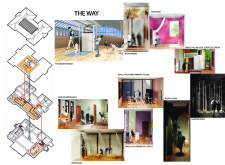5 key facts about this project
One of the primary functions of the Omuli Museum is to educate visitors about the significance of equestrian culture through curated exhibits and hands-on experiences. The design emphasizes accessibility and functionality, allowing diverse uses without compromising the visitor experience. Each component of the project is carefully constructed to support specific activities, from artistic creation to cultural immersion.
The architectural strategies employed in the Omuli Museum warrant attention. The decision to use materials such as brick, wood, glass, and metal reflects a commitment to local resources and sustainable practices. Each material is chosen not only for its aesthetic appeal but also for its performance attributes, such as thermal regulation and durability. The design also prioritizes natural lighting, particularly in spaces like the exhibition halls and artist workshops, thereby enhancing the overall atmosphere for creativity and engagement.
Adaptive reuse of spaces is another notable aspect of the design. The artist workshops are versatile, allowing for configuration changes that accommodate various events, thus optimizing functionality. Additionally, the arrangement of the museum encourages flow between the different areas, creating a seamless experience for users. The horse stables occupy a central position in the layout, establishing a focal point that highlights the project's essence—its relationship with horses and equestrian activities.
The interplay of indoor and outdoor spaces further distinguishes this project. Pathways and riding trails integrate with the landscape, promoting exploration and connection with the natural surroundings. This aspect not only enhances the visitor experience but also emphasizes the importance of ecological stewardship in modern architectural practices.
For those interested in the detailed elements of this architectural endeavor, exploring the architectural plans, sections, and designs will provide deeper insights into the project's implementation. Visit the project presentation to gain a more thorough understanding of the Omuli Museum of the Horse and its architectural ideas.


